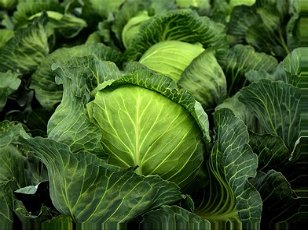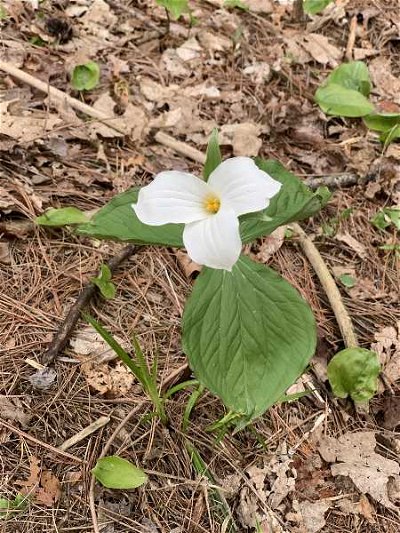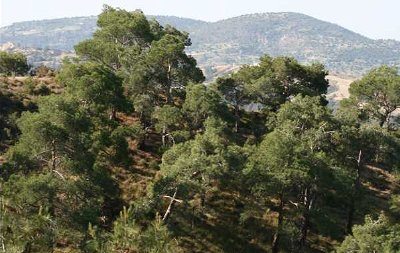3. Sporting innocuous white flowers, a plant of the genus conium was once used to kill ancient Greek philosopher Socrates. Causing death by paralysis and cardiac arrest, what is this plant's name?
From Quiz Not Just For Decoration
Answer:
Poison hemlock
Poison hemlock thrives in damp ground and thus can often be found near streams or near roads. Although it is native to Europe it has found its way all around the world, and every part of it is toxic to humans to some degree when ingested. It should not be mistaken for water hemlock (cicuta), which, although similarly named, has different toxic components.
Poison hemlock's main chemical, coniine, causes paralysis by acting on the brain and blocking neural pathways which trigger muscular movements. This can eventually affect and block the respiratory system and cardiac systems and become fatal - if we cannot breathe or circulate blood, we will die. However, if caught reasonably quickly, it can be treated by flushing the gastrointestinal system and administering activated charcoal.
Socrates' famous poisoning is a well-known story. It is said that he, as a moral and social critic, disagreed with the Athenian political system at the time. He believed he was wiser than the general Athenian populace because he knew he was ignorant, and claimed they did not, which inspired their ire. For this and his beliefs on religion, he was tried and sentenced to death by majority vote. Although it is believed he could have escaped death, as his comrades could have broken him free, it is said he embraced it, freely drinking the concoction of poison hemlock that gradually numbed his body and sent him to the grave.
 This quiz features twelve pictures of members of the diverse and abundant grass family, Poaceae. Best of luck in identifying all twelve.
This quiz features twelve pictures of members of the diverse and abundant grass family, Poaceae. Best of luck in identifying all twelve.  This quiz features twelve pictures of members of the diverse and abundant grass family, Poaceae. Best of luck in identifying all twelve.
This quiz features twelve pictures of members of the diverse and abundant grass family, Poaceae. Best of luck in identifying all twelve.  Conifers include some of the world's mightiest and most beautiful tree species. Found on most continents, they truly deserve the epithet of "cosmopolitan". The names and the hints should help you to place each tree in the correct spot on this world map.
Conifers include some of the world's mightiest and most beautiful tree species. Found on most continents, they truly deserve the epithet of "cosmopolitan". The names and the hints should help you to place each tree in the correct spot on this world map.  The brassica family includes a large variety of edible plants in the cabbage and mustard families. Can you match these photos to the common name of the plant?
The brassica family includes a large variety of edible plants in the cabbage and mustard families. Can you match these photos to the common name of the plant?  Tallest, broadest, oldest. Trees are record-breakers of the natural world. This quiz will explore some of the species that appear in the prestigious roster of superlative trees.
Tallest, broadest, oldest. Trees are record-breakers of the natural world. This quiz will explore some of the species that appear in the prestigious roster of superlative trees.  Titled after a book by nature-loving J.R.R. Tolkien, this quiz will test your knowledge of the foliage of some fairly common trees found in the temperate regions of the world. Can you match each tree to its leaves?
Titled after a book by nature-loving J.R.R. Tolkien, this quiz will test your knowledge of the foliage of some fairly common trees found in the temperate regions of the world. Can you match each tree to its leaves?  One Spring afternoon I took my family on a hike north of Toronto and we stumbled across a magical wonderland of fields of trilliums in full bloom. See what you know of this magical flower.
One Spring afternoon I took my family on a hike north of Toronto and we stumbled across a magical wonderland of fields of trilliums in full bloom. See what you know of this magical flower.  Forests of the world are many and varied. The forests of our world are vital to our survival as a species. Let's take a walk into the forest of knowledge and find out just how much you know about the forests of the world.
Forests of the world are many and varied. The forests of our world are vital to our survival as a species. Let's take a walk into the forest of knowledge and find out just how much you know about the forests of the world.  We find ourselves wandering in this beautiful forest that happens to house some amazing trees.
We find ourselves wandering in this beautiful forest that happens to house some amazing trees.  Quick Question
Quick Question = Top 5% Rated Quiz,
= Top 5% Rated Quiz,
 Top 10% Rated Quiz,
Top 10% Rated Quiz,
 Top 20% Rated Quiz,
Top 20% Rated Quiz,
 A Well Rated Quiz
A Well Rated Quiz